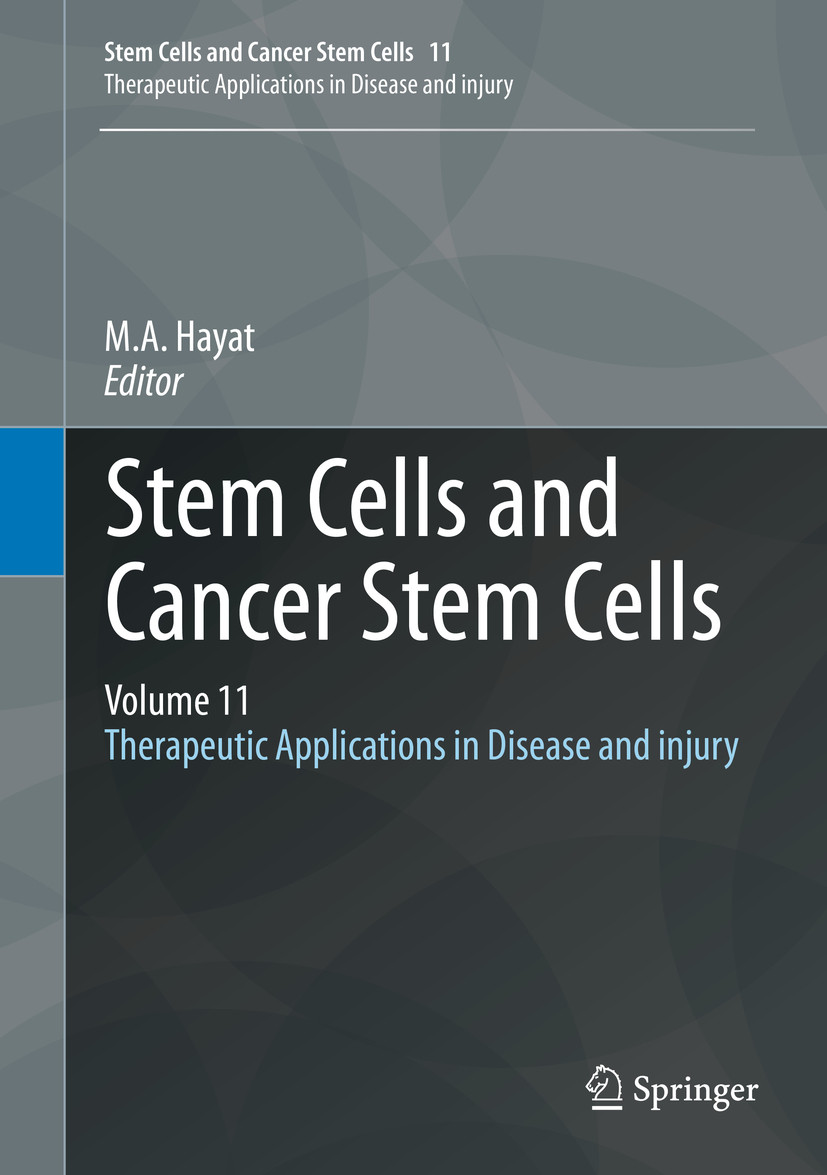Stem Cells and Cancer Stem Cells, Volume 11
Therapeutic Applications in Disease and injury
| Auflage | 1. Auflage, 2013 |
| Verlag | Springer-Verlag |
| ISBN | 9789400773295 |
Sofort zum Download (Download: PDF; Online lesen)
Produktbeschreibung
Volume 11 in this series discusses therapeutic applications of stem cells in disease and tissue injury. Coverage includes pluripotent stem cells, which can give rise to the endodermal, ectodermal, and mesodermal lineages; multipotent stem cells, which can generate all cells in a particular lineage and unipotent stem cells, which can give rise to only one cell type. This volume also examines cancer stem cells, tumor-initiating cells which possesses the capacity of self-renewal and can give rise to the heterogeneous lineages of cancer cells that comprise the tumor. Coverage extends to molecular mechanisms underlying the derivation and expansion of human embryonic stem cells, the role of specific proteins in the maintenance and inhibition of extraembryonic differentiation of these cells and the role of signaling responsible for the self-renewal of mouse embryonic stem cells. Nine chapters discuss the clinical importance of cancer stem cells, encompassing glioma, leukemia, ovarian cancer, pediatric sarcomas and head and neck squamous cell carcinoma. The role of cancer stem cells is also elucidated in epithelial-to-mesenchymal transition in spreading head and neck squamous cell carcinoma. The book goes on to survey therapeutic application of stem cells of hematopoietic and non-hematopoietic origin for regeneration of bones, including in osteoporotic bone disease; to illuminate the application of hematopoietic stem cells in bone regeneration and to discuss their use as a biomarker to facilitate determination of a treatment. The contributors review cells as biomarkers for pediatric solid tumors, and weigh the advantages and limitations of hematopoietic stem cell transplantation. Also included are details of neural stem cell engraftment in the injured spinal cord; the regenerative potential of neural stem/progenitor cells of newborns and cancer gene therapy potential using neural stem cells. Like the preceding volumes in the series, this book is distinguished for itscomprehensive approach, its distinguished roster of 58 contributors representing 10 different countries and its thorough review of leading-edge technology and methods.
